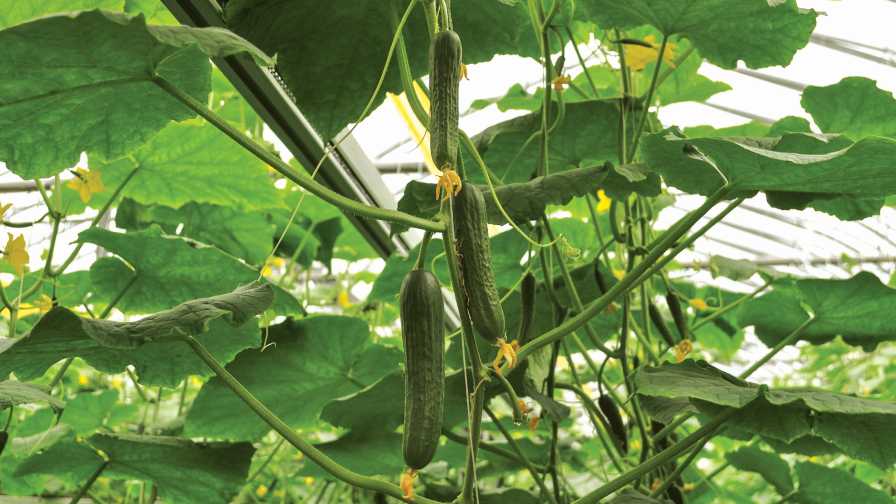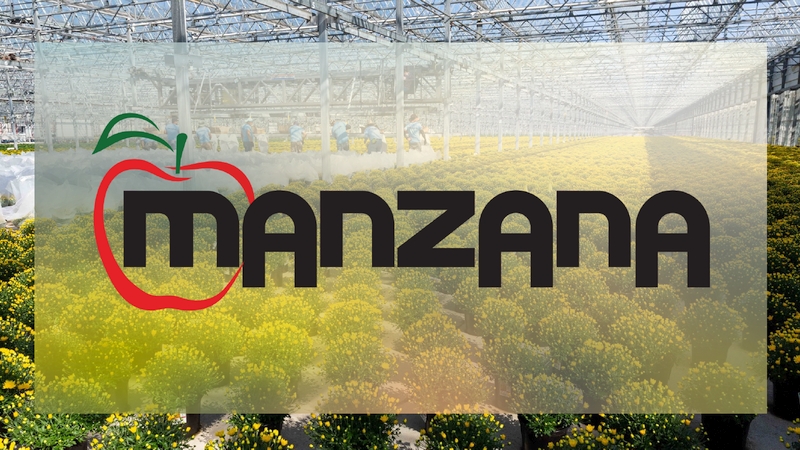How Canada is Taking Greenhouse Research to the Next Level

The Vineland Research and Innovation Centre features a world-class team of scientific, engineering, technology, and business experts whose mission is to support the Canadian and international horticulture industry. This month, the Centre released its 2019-2020 Vineland Innovation Report, which highlights some of the major areas of research taking place.
The full version of the Vineland Innovation Report can be downloaded here, but here’s a sampling of some of the research efforts greenhouse growers need to know about.
Platform Genetics Inc. on a Mission to Make Breeding More Efficient
This two-year-old venture is Vineland’s first spin-off company to be born of its work in advancing Canada’s horticulture industry. It’s also one of the only companies in the world to provide access to the tools needed to improve everything from flavor to disease resistance in crops.
Deep Variant Scanning (DVS), a method for rapidly identifying rare and valuable genetic variants, helps Vineland scientists hone in on genes responsible for a crop’s most prized characteristics.
“Using a technology like DVS, we can look at a population, for example, of tomato plants and if we know the gene that creates a certain flavor compound causing consumers to dislike it, we can selectively omit that gene so we’re getting rid of what consumers dislike and make it something they like,” says Michael Pautler, Vineland’s Research Scientist in Applied Genomics.
The company can do it with any crop, too. Pautler and his team have worked on onions, corn, tulips, broccoli, and celery, to name a few. It’s been tapped by companies throughout North America, Europe, and the Middle East to help improve food and flower crops.
Platform Genetics and its DVS technology are also poised to help the cannabis industry as it moves into the mainstream.
“Cannabis companies, much like the rest of the horticulture industry, have problems with disease and pests and there’s a huge opportunity for trait development and plant breeding. Hypothetically, the emerging field of cannabis is the perfect application for our technology,” Pautler explains.
Seeking Hungry Predators
Research director Michael Brownbridge and his team (Rose Buitenhuis, Nadine Gaskell, Zelda Pieterse, Taro Saito, and Ashley Summerfield) are on the hunt for at least two generalist predatory insects or mites that will devour just about any pest that crosses their paths. A five-year project, in collaboration with the Université du Québec à Montréal (UQAM) funded by Agriculture and Agri-Food Canada, includes commercial partners who can make Vineland’s top biocontrol candidates widely available to growers.
“There’s no shortage of predatory species out there and no shortage of information in literature about new discoveries,” Brownbridge said. “But the strength of this project is we have partners in the commercial world. That keeps the focus on getting tools out the door that can be used in a commercial setting.”
Using Artificial Intelligence to Guide Watering Decisions
For Canada’s greenhouse operators, crop irrigation and finding experienced growers to manage it, are among their greatest challenges. To overcome this hurdle, Vineland’s robotics and automation team, together with their European partner LetsGrow, have been busy developing technologies to help greenhouse operators optimize how and when to water plants.
The first generation automated smart irrigation system is set for release fall 2019, thanks to three years of funding from the Federal Economic Development Agency for Southern Ontario (FedDev). The system uses soil and climate sensors to collect data on plant water status in real time. Advanced machine learning algorithms use this data to make decisions about where and when to irrigate, which are then conveyed to the grower. Basing decisions on hard data rather than perception help growers avoid unnecessary irrigation.
An Automated Workforce to Harvest Greenhouse Cucumbers
Canadian cucumbers are a hot commodity. Canada is the world’s fourth largest cucumber exporter with a farmgate value of cucumber production at roughly $326 million in 2014.
Amidst this strong production outlook, human labor — both cost and availability — are holding the industry back. Human labor accounts for roughly 30% of total costs in cucumber greenhouses and harvesting — the most labor-intensive production task — accounts for roughly 20% of all work required to produce the crop. This translates into approximately $27 million spent annually on cucumber harvesting alone.
This has Canada’s cucumber greenhouse operators looking toward an automated workforce of robots to maintain or increase production even as labor pools shrink and labor costs grow.
With help from Agriculture and Agri-Food Canada funding, Vineland’s robotics and automation team is working to develop an autonomous robot capable of harvesting cucumbers in a greenhouse environment. By creating efficiencies and reducing labor costs, automated cucumber harvesting is expected to save a 40-acre operation roughly $1 million annually.









